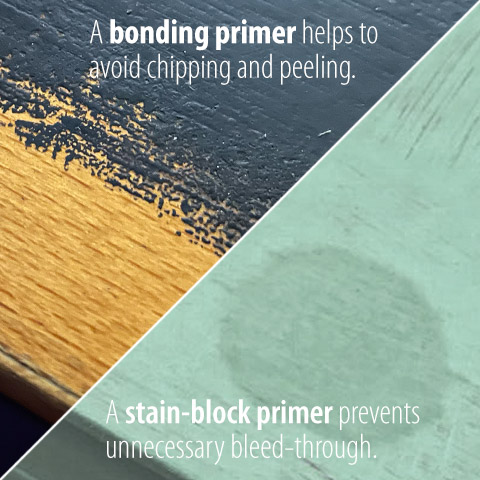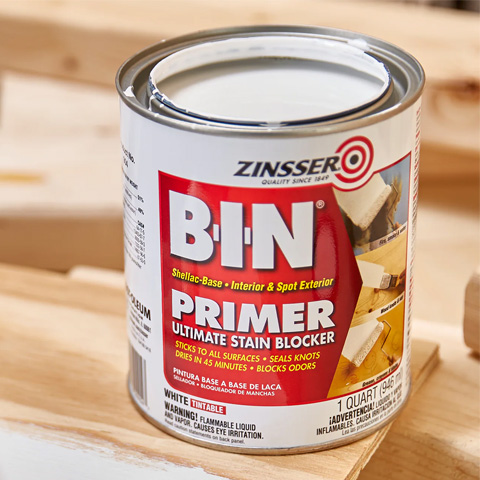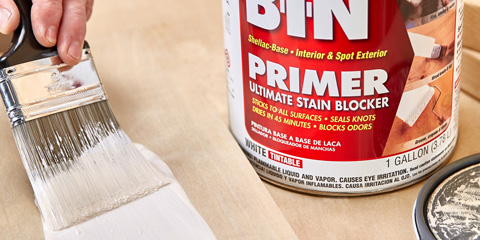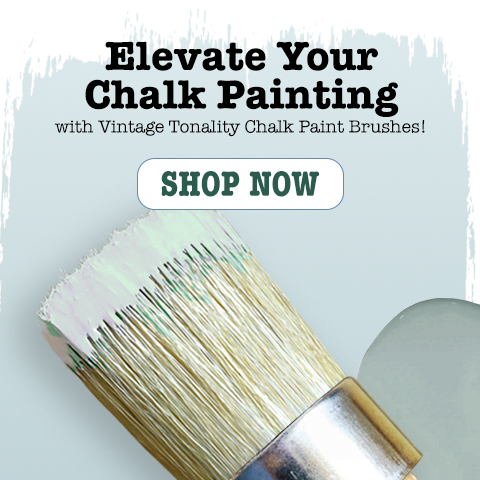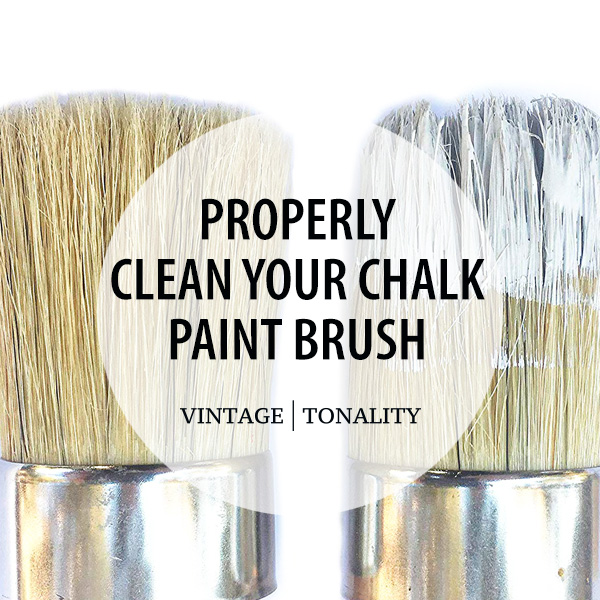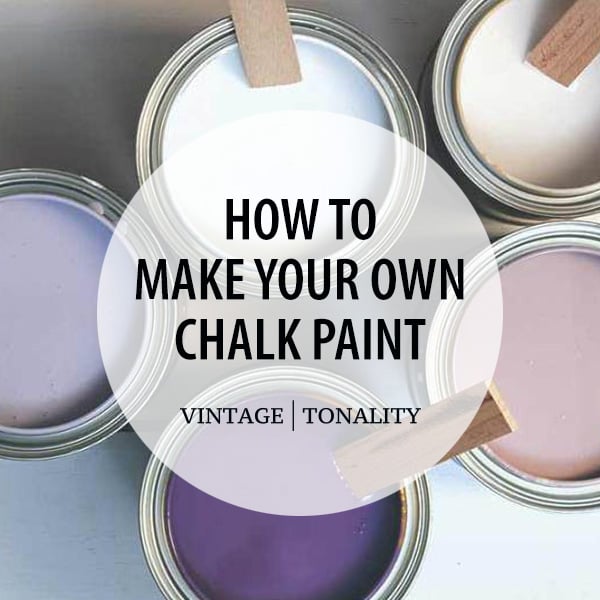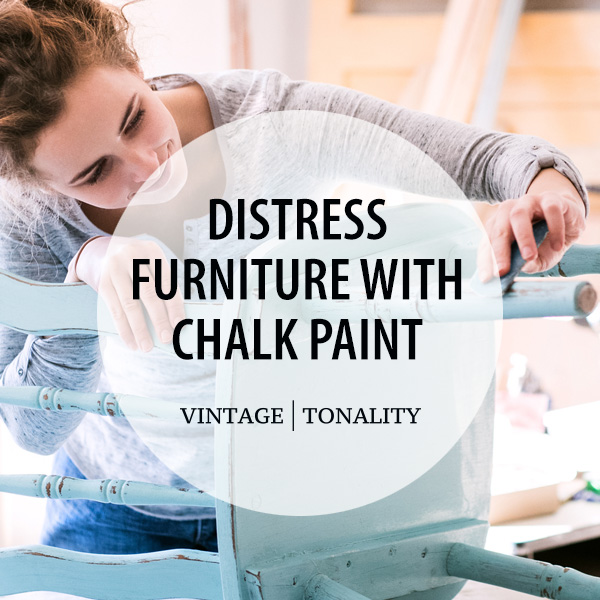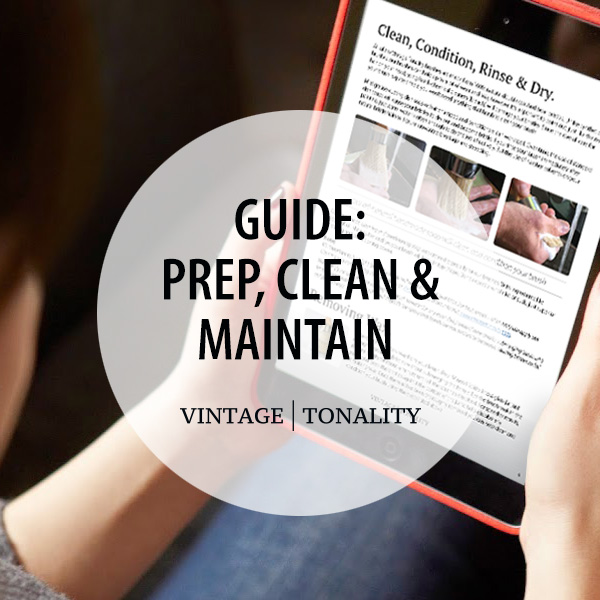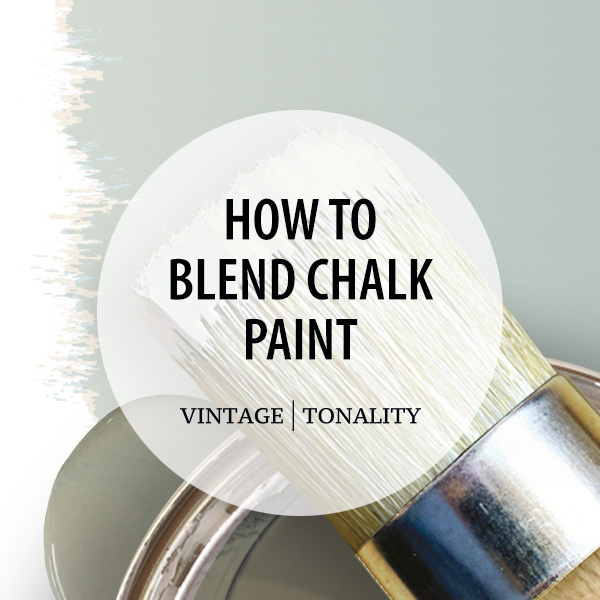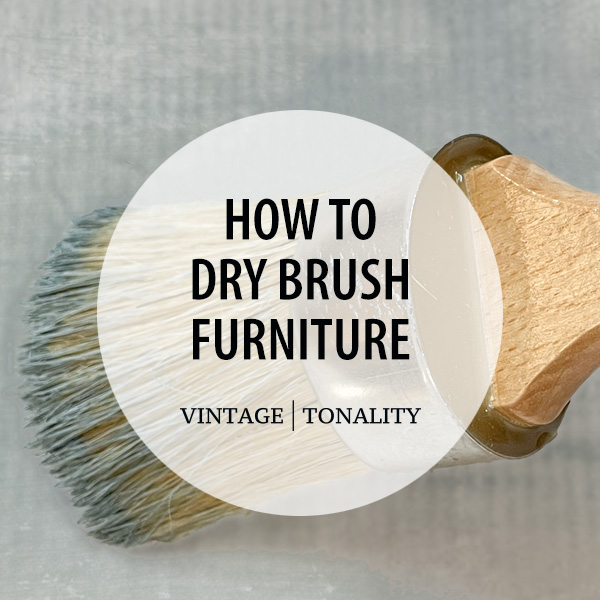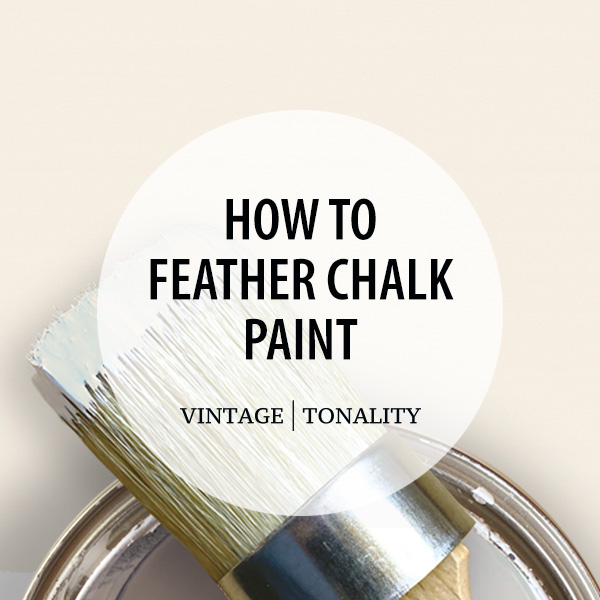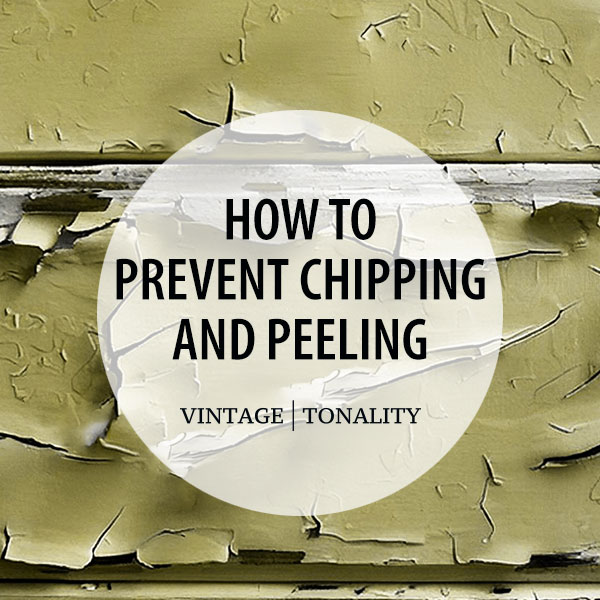Pros and Cons of Priming Before Chalk Painting Furniture: Understanding Bleed-Through Solution
Priming before chalk painting furniture is a popular method to achieve a smooth, even finish and to prevent bleed-through. However, this method also has its own pros and cons which need to be considered before embarking on a furniture painting project. In this article, we will take a look at the benefits and drawbacks of priming, as well as bleed-through and how to tackle it.
Priming before chalk painting furniture is a popular method to achieve a smooth, even finish and to prevent bleed-through. However, this method also has its own pros and cons which need to be considered before embarking on a furniture painting project. In this article, we will take a look at the benefits and drawbacks of priming, as well as bleed-through and how to tackle it.
Primer Types: Bonding and Stain-Blocking Primers
When it comes to priming before chalk painting furniture, there are two types of primers to consider: bonding primers and stain-blocking primers.
 Bonding Primers: Designed to improve paint adhesion to challenging surfaces such as glossy or non-porous materials like metal, tile, glass, or laminate. They contain special adhesion-promoting agents that create a strong bond between the paint and the surface. Bonding primers are particularly useful when you want to ensure that the paint adheres effectively and doesn't peel, chip, or flake over time.
Bonding Primers: Designed to improve paint adhesion to challenging surfaces such as glossy or non-porous materials like metal, tile, glass, or laminate. They contain special adhesion-promoting agents that create a strong bond between the paint and the surface. Bonding primers are particularly useful when you want to ensure that the paint adheres effectively and doesn't peel, chip, or flake over time.
 Stain-Blocking Primers: Specifically formulated to prevent stains from bleeding through the new paint layer. They work by sealing and covering various types of stains like water stains, nicotine stains, crayon marks, ink marks, smoke damage, and tannin bleed from wood. Stain-blocking primers contain pigments and chemicals that create a barrier to prevent the stains from leaching into the paint, resulting in a clean and uniform paint finish.
Stain-Blocking Primers: Specifically formulated to prevent stains from bleeding through the new paint layer. They work by sealing and covering various types of stains like water stains, nicotine stains, crayon marks, ink marks, smoke damage, and tannin bleed from wood. Stain-blocking primers contain pigments and chemicals that create a barrier to prevent the stains from leaching into the paint, resulting in a clean and uniform paint finish.
 Odor Blocking: When it comes to reducing furniture odor, stain-blocking primers are generally more effective than bonding primers. Stain-blocking primers are specifically designed to seal and block odors, preventing them from permeating through the paint layers. These primers contain specialized ingredients that create a barrier to trap and eliminate odors, such as those caused by smoke, pets, mildew (moisture), or previous stains.
Odor Blocking: When it comes to reducing furniture odor, stain-blocking primers are generally more effective than bonding primers. Stain-blocking primers are specifically designed to seal and block odors, preventing them from permeating through the paint layers. These primers contain specialized ingredients that create a barrier to trap and eliminate odors, such as those caused by smoke, pets, mildew (moisture), or previous stains.
When choosing a primer for your chalk painting project, consider the specific needs of your furniture. If you're working with a surface that requires enhanced adhesion, such as metal or laminate, a bonding primer would be beneficial. Conversely, if you're dealing with stains that might bleed through the paint, a stain-blocking primer is essential to achieve a flawless finish.
Stain-Blocking Primers for Chalk Paint
Pros of Priming:
-
Improved Adhesion: Primer helps the chalk paint adhere better to the surface of the furniture, ensuring a smooth and durable finish.
-
Smoothing Surface Imperfections: Priming helps to cover up any imperfections on the surface of the furniture, such as knots or cracks, and provides an even base for the paint to adhere to, leading to a smoother and more even final finish.
-
Better Color Application: Primer can provide an even base color for the chalk paint, which can result in a better color application and vibrancy, allowing for fewer coats of paint.
-
Preventing Tannin Bleed: Primer can help prevent tannin bleed, a common problem with porous woods like oak or pine, which can cause the natural tannins in the wood to bleed through the paint.
-
Enhancing Paint Durability: Primer helps to extend the life of the chalk paint, making it more durable and resistant to wear and tear.
-
Sealing Surfaces: Primer can help seal the surface of the furniture, preventing any impurities from affecting the final finish.
-
Resisting Stains and Odors: Primer can provide a protective layer that helps to resist stains and odors, keeping the furniture looking fresh and clean.
-
Improving Paint Coverage: Primer can help improve the coverage of the chalk paint, reducing the amount of time and resources required to finish the project.
-
Making Color Changes Easier: If you decide to change the color of the furniture later, primer makes it easier to paint over existing paint without affecting the final result.
-
Making Sanding Easier: Primer provides a smooth surface that makes sanding between coats easier, which can result in a smoother and more even final finish.
TIP: Not all primers are created equal and it's important to choose the right primer for the specific type of surface and paint you are using to ensure the best results. Avoid using water-based primers, especially if you are looking to prevent tannins in the wood from showing.
Cons of Priming:
-
Time-consuming: Priming the furniture can add an extra step and more time to the painting process, making it a slower and more labor-intensive project.
-
Increased Cost: Primers can be more expensive than chalk paint, and using a primer can add to the overall cost of the project.
-
Sanding Required: Some primers require sanding between coats, which can increase the time and effort required to complete the project.
-
Hazardous Chemicals: Some primers contain hazardous chemicals that can be harmful to the environment and to your health. It's important to follow all safety precautions when using these products.
-
Compatibility Issues: Not all primers are compatible with all types of chalk paint. It's important to choose the right primer for your specific paint and surface to avoid compatibility issues that could affect the final finish.
-
Incompatible with Distressed Look: Primer can create a smooth, uniform surface that may not be suitable for a distressed or vintage look that can be achieved with chalk paint.
-
Unnecessary for Some Surfaces: Some surfaces, such as laminate or veneer, may not require primer, and using a primer could be an unnecessary step for these surfaces.
-
Changes Paint Color: Primer can sometimes affect the final color of the chalk paint, making it necessary to use more coats of paint to achieve the desired color.
-
Hides Natural Wood Characteristics: Primer can cover the natural characteristics of the wood, such as knots, grain, and texture, which can be an undesirable result for some furniture pieces.
-
Difficulty Removing: In some cases, primer can be difficult to remove if you are not satisfied with the final result, or if you need to make changes to the finish later on. This can make it difficult to start over and create a new finish, and may require sanding or removing the primer before reapplying paint.

What Is Bleed-Through?
Bleed-through is a paint discoloration caused by tannins in the wood. We frequently see this over wooden knots and certain types of wood (especially mahogany), but in reality, any project can bleed through. This discoloration is commonly characterized by a brownish-yellow stain that seeps through the paint and is visible on the top surface. Tannin discoloration is more visible in lighter chalk paint colors (whites/creams) than in darker paint colors. If the tannins aren't sealed in, they seep through paint or, worse, don't show up until a topcoat has been applied.
Tackling Bleed-Through:
If you decide to skip priming and end up with bleed-through, don't worry! There are a few ways to tackle this issue:
-
Identify the Problem: Before you begin, examine the furniture for any areas of bleed-through. This will usually appear as a yellow or amber-colored resin that has seeped through the paint.
-
Sand the Surface: Sand the affected areas lightly with a fine-grit sandpaper to remove any rough or raised resin. Be careful not to sand too much and remove the paint.
-
Clean the Surface: Wipe down the surface with a clean, damp cloth to remove any sanding dust or debris. Let the surface dry completely before proceeding.
-
Apply a Sealant: Apply a sealant, such as shellac or a knotting solution, to the affected areas. This will help prevent further bleed-through and provide a barrier between the resin and the paint.
- Avoid water-Based Primers: You should avoid using water-based primers, because they are more acceptable to wood tannins bleeding through.
-
Painting with a Tannin-Blocking Primer: Painting with a tannin-blocking primer specifically designed to prevent bleed-through will help to prevent discoloration and ensure a smooth and even finish.
-
Let the Sealant Dry: Let the sealant dry completely before proceeding with the next step. This may take several hours, depending on the product and environmental conditions.
-
Sand the Surface Again: Sand the surface again lightly to remove any roughness or texture created by the sealant. Wipe down the surface with a clean, damp cloth to remove any sanding dust or debris.
-
Apply Primer: Apply a primer to the affected areas to create a smooth, uniform surface for the chalk paint to adhere to. Let the primer dry completely before applying the chalk paint.
-
Paint the Surface: Apply the chalk paint as desired, following the manufacturer's instructions and best practices.
By following these steps, you can effectively handle bleed-through on chalk painted furniture and achieve a professional, long-lasting finish.
We Recommend: Zinsser B-I-N Shellac-Base Primer is a high-performing, versatile primer that is ideal for a wide range of surfaces and projects. This fast-drying primer is designed to provide superior adhesion, seal porous surfaces, and block tough stains, including tannins, water marks, fire and smoke damage, and knots. Its shellac-based formula dries clear and forms a tough, hard-wearing film that provides an excellent base for subsequent coats of paint. Whether you're painting furniture, trim, or walls, B-I-N Shellac-Base Primer is a reliable choice that can help ensure a professional-looking finish. Available at most local home improvement stores and on Amazon.
AVAILABLE ON
In conclusion, priming before chalk painting furniture has its pros and cons, and the decision to prime or not to prime ultimately depends on the specific project and personal preference. However, priming can provide a number of benefits, such as better adhesion, improved coverage, better color vibrancy, and preventing bleed-through. If bleed-through does occur, there are ways to tackle it, such as sanding, sealing, and painting with a tannin-blocking primer. When it comes to furniture painting, the key is to take your time, do proper preparation, and enjoy the process. After all, it's not just about transforming furniture, but also about expressing your creativity and having fun!
More: Articles + Guides
How To Chalk Paint Furniture Transform your furniture into beautiful vintage-inspired pieces with this step-by-step guide on how to chalk paint furniture.
How To Distress Furniture In this comprehensive guide, we'll walk you through the process of distressing furniture with chalk paint, from start to finish.
Priming Before Chalk Painting Understanding the pros and cons of priming before chalk painting furniture and understanding bleed-through solutions.
White Wash With Chalk Paint Whitewashing with chalk paint is a great way to create a fresh, rustic look that will make your furniture piece stand out.
Dry Brush With Chalk Paint A technique used with chalk paint to create a beautiful, textured finish that gives furniture and decorative items an aged, vintage look.
© 2015 - 2024
Vintage | Tonality® - All rights reserved. Any unauthorized use, such as distributing, copying, modifying, or reprinting, is not permitted.
Site content protected by: Digital Millennium Copyright Act



